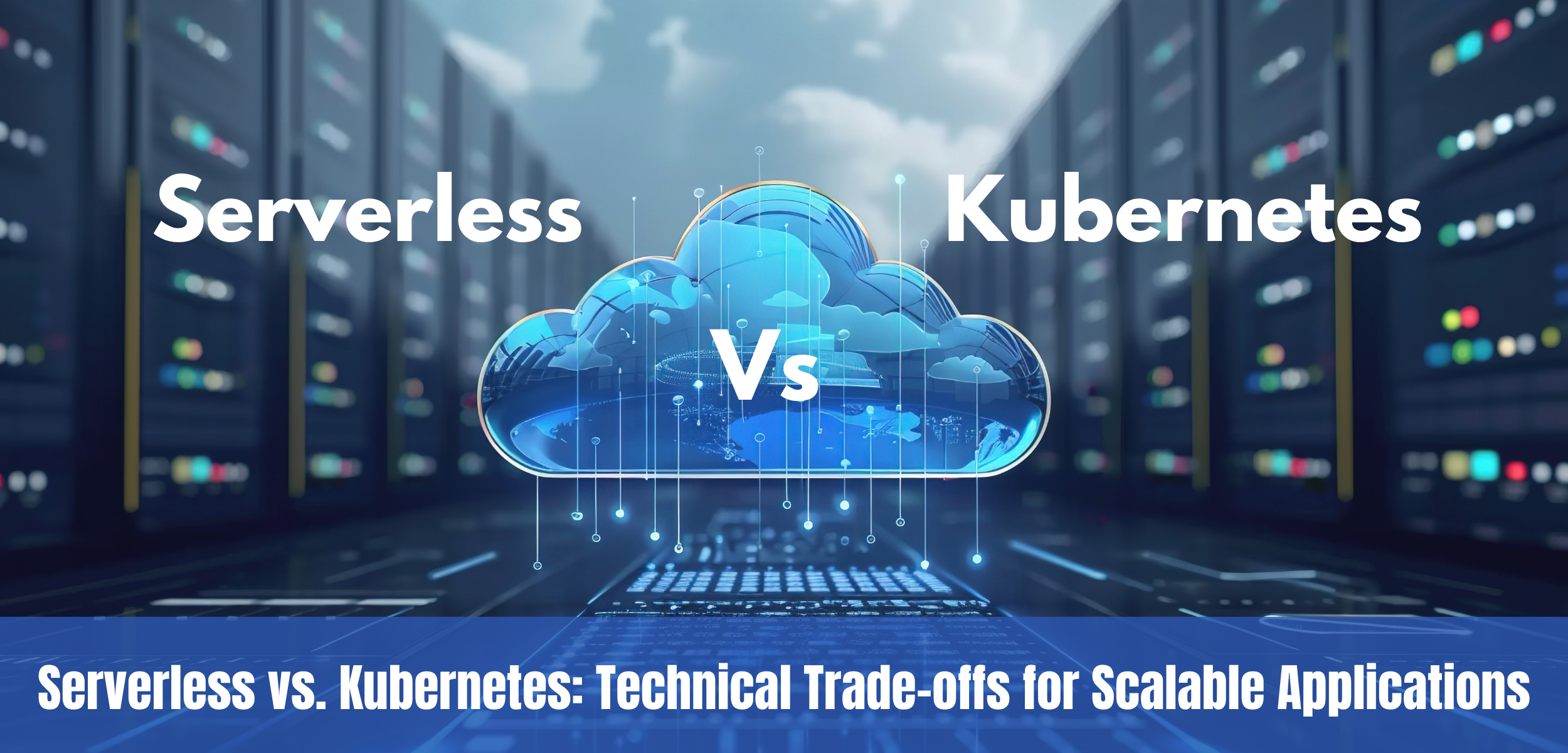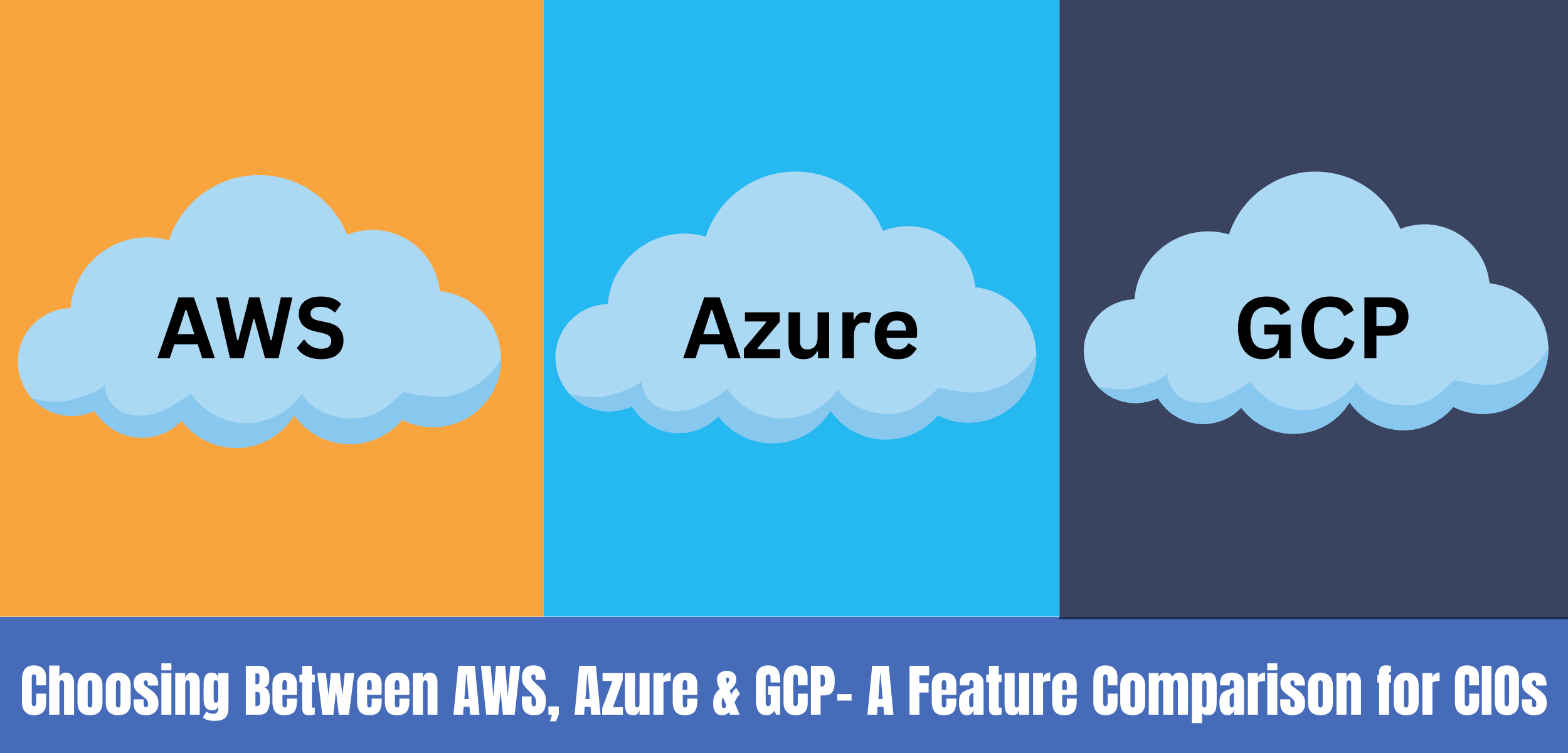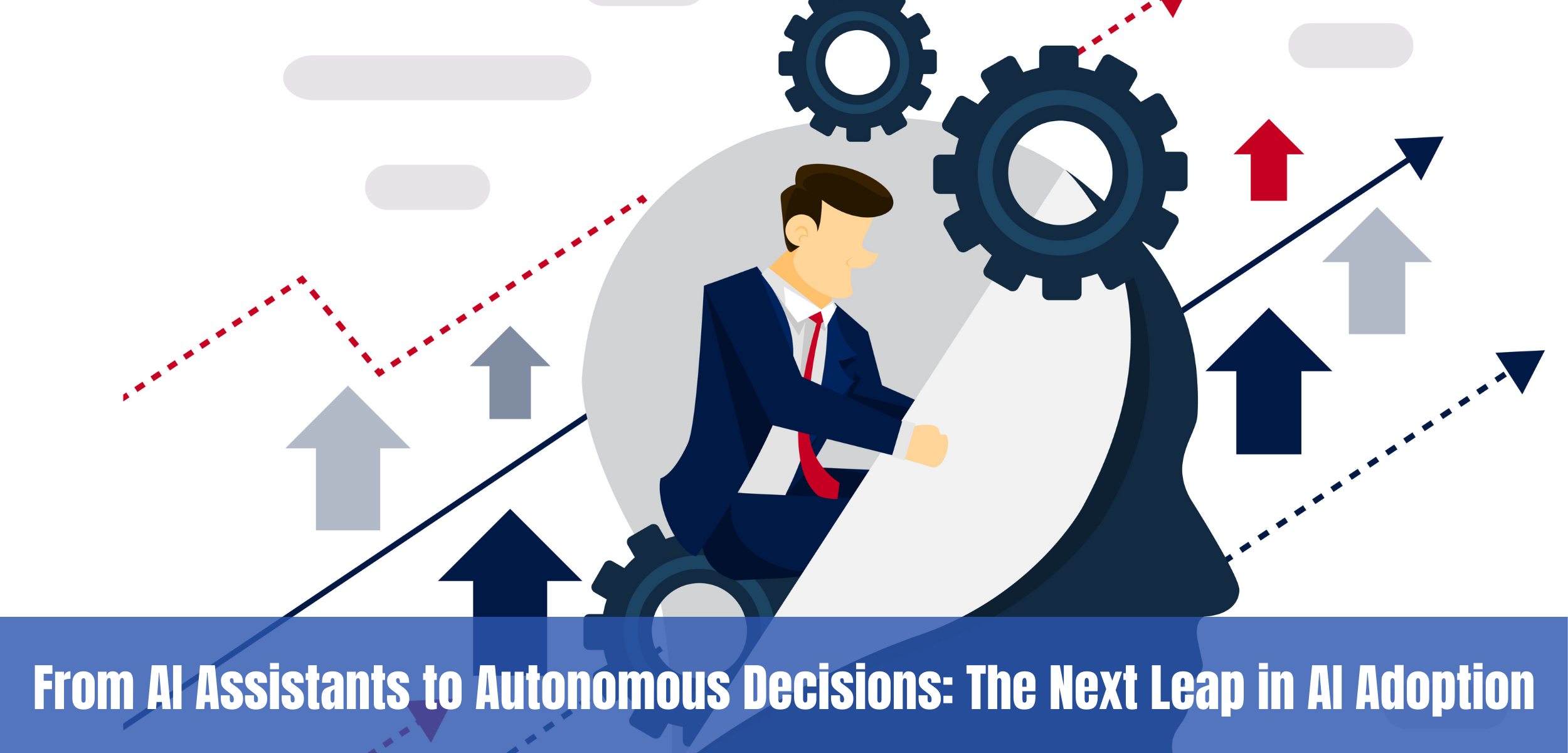In the evolving world of cloud-native development, organizations face growing demands to scale quickly, simplify operations, and deliver seamless user experiences. Two leading infrastructure models—Serverless and Kubernetes—offer distinct approaches to deploying and managing applications. To make the right choice, technology leaders must understand how these models differ in architecture, operations, and cost implications.
This article is intended as a comprehensive technical guide, analyzing both paradigms in detail so decision-makers can evaluate trade-offs clearly and choose the best model based on workload behavior, team capabilities, regulatory needs, and future scalability.
Model Fundamentals and Execution Dynamics
Before diving into application fit and performance trade-offs, it's crucial to understand how both Serverless and Kubernetes operate under the hood. Each defines a different philosophy around infrastructure abstraction, execution lifecycle, and resource management.
Serverless
Serverless computing revolves around event-driven execution. In this model, developers upload discrete units of code (often called functions), which are invoked automatically in response to specific triggers—HTTP requests, queue messages, file uploads, and more. The runtime is provisioned and scaled dynamically by the cloud provider.
From a technical lens:
- Each function runs in a container spun up automatically by the platform
- Containers are short-lived and stateless
- Cold starts introduce latency, particularly for underused or memory-heavy functions
- Functions are sandboxed and limited in execution time (e.g., 15-minute max for AWS Lambda)
Serverless abstracts server provisioning, patching, and resource allocation, streamlining deployment but sacrificing low-level control.
Kubernetes
Kubernetes is a powerful container orchestration system offering fine-grained control over how containers are deployed, scaled, and managed. It provides primitives like Pods, Services, Deployments, and StatefulSets to define the desired application state.
Architectural aspects include:
- Persistent containers scheduled across node pools
- Horizontal and vertical scaling based on resource usage
- Explicit definitions of CPU, memory, and storage requirements
- Compatibility with service meshes, ingress controllers, and CRDs (Custom Resource Definitions)
While Kubernetes increases configuration overhead, it enables comprehensive infrastructure customization and orchestration.
Comparative Architecture Analysis
To evaluate the architectural strengths of each model, consider their behavior across critical operational and performance vectors:
|
Attribute |
Serverless |
Kubernetes |
|
Compute Lifecycle |
Ephemeral, event-triggered |
Long-lived, process-managed |
|
Resource Control |
Abstracted by provider |
Explicit resource limits and requests |
|
Auto-Scaling |
Request-level, near-instant |
CPU/memory-driven via autoscalers |
|
Startup Latency |
Can experience cold start delays |
Pods remain running, minimal warm-up |
|
Concurrency Handling |
Typically, one request per function |
Multiple concurrent connections per container |
|
Networking |
Managed routing, limited customization |
Fine-grained control over network policies |
|
Deployment Complexity |
Low (function code + trigger config) |
High (cluster setup, YAML manifests, CI/CD) |
|
Stateful Workload Support |
Weak; offloaded to external services |
Strong; native support with StatefulSets |
This comparison helps clarify when simplicity and speed outweigh flexibility—and vice versa.
Application and Infrastructure Fit
Application design patterns should align with the strengths of the underlying platform. Serverless and Kubernetes support different types of workload distribution, fault tolerance, and state management.
Serverless excels in building micro-applications or integrating into event-driven architectures. Consider it for:
- Stateless APIs or backend logic (e.g., form submission handlers)
- Lightweight data transformation functions
- File processing pipelines
- Scheduled tasks and alert triggers
These applications benefit from:
- Zero idle cost
- Instant horizontal scalability
- Rapid time-to-market
Kubernetes, in contrast, is better suited for complex, multi-service deployments:
- Systems involving shared state or in-memory session data
- Applications requiring container-level security policies
- Deployments needing node/pod affinity for performance
- Internal services integrated via service mesh
This model favors reliability, continuity, and operational rigor over ease of entry.
Cost Dynamics and Resource Utilization
Understanding how costs behave under each model helps identify potential inefficiencies or optimization opportunities.
Serverless
- Billing is event-driven and based on invocation count, function runtime, and memory
- Idle services incur no cost
- Resource right-sizing is crucial to avoid over-allocation
- Cost can grow rapidly with high concurrency workloads
Example cost formula:
Cost = Requests × Execution Time × Memory (GB-seconds)
Kubernetes
- Costs are tied to provisioned infrastructure (VMs or nodes)
- Even idle clusters consume resources
- Requires efficient pod scheduling and bin-packing
- Spot instances and autoscaling strategies reduce waste
|
Scenario |
Serverless |
Kubernetes |
|
Spiky, low-volume traffic |
Optimal, low-cost |
Overprovisioning likely |
|
Steady high throughput |
Expensive under FaaS pricing |
Efficient with tuned autoscalers |
Choosing the model with the right billing characteristics depends on predictability and utilization of workloads.
Operational Complexity and Developer Control
The development and operational overhead for each model varies significantly.
Serverless
- Infrastructure is abstracted away, allowing developers to focus on code
- Integrated with cloud-native deployment tools
- Debugging and local emulation are limited
- Runtime customization is minimal (restricted file system, limited runtimes)
Kubernetes
- Requires DevOps expertise to manage cluster lifecycle, upgrades, and monitoring
- Complete control over runtime, security policies, and container images
- Enables custom automation with operators and controllers
- Offers extensive deployment patterns like rolling, blue/green, and canary
The trade-off is clear: ease of entry and low management vs. control and extensibility.
Observability and Debugging
Observability determines how effectively teams can monitor, trace, and resolve issues in production.
|
Feature |
Serverless |
Kubernetes |
|
Logging |
Basic platform logs |
Full log aggregation with tooling |
|
Distributed Tracing |
Optional, platform-dependent |
Jaeger, Zipkin, or OpenTelemetry |
|
Metrics |
Invocations, errors, duration |
Prometheus + Grafana dashboards |
|
Real-time Debugging |
Not supported |
Shell access, exec into pods |
Serverless provides lightweight telemetry with faster setup. Kubernetes supports enterprise-grade observability with tooling like Fluentd, Elastic Stack or ELK, and OpenTelemetry, which are indispensable for Site Reliability Engineering (SRE) practices.
Security and Compliance Design
Security postures and compliance strategies are highly influenced by the deployment model.
Serverless
- Benefits from provider-managed baseline security
- Uses IAM for access control
- Limited visibility into underlying OS/kernel
- Difficulty enforcing network policies at a granular level
Kubernetes
- Fine-grained access via RBAC and PodSecurityAdmission
- Encrypted communication between pods using mTLS (Mutual Transport Layer Security)
- Support for network segmentation, namespaces, and OPA (Open Policy Agent) policies
- Easily auditable for compliance reporting
For regulated industries and data-sensitive workloads, Kubernetes provides deeper control and policy enforcement mechanisms.
Strategic Deployment Models
The deployment process must match the complexity and criticality of the services being released.
Serverless
- Supports simple CI/CD pipelines (e.g., Git push to deploy)
- Ideal for rapid prototyping and frequent small updates
- Limited support for complex rollout strategies
Kubernetes
- Integrates with ArgoCD, Flux for GitOps workflows
- Enables blue/green, canary, and progressive delivery
- Supports job orchestration and multi-stage rollouts
Applications that require testing in controlled stages or real-time rollback benefit from Kubernetes' sophistication in deployment automation.
When to Choose Which
Choose Serverless when:
- You need to build and iterate quickly
- The application is composed of loosely coupled, stateless functions
- Workload volume is bursty and unpredictable
- Your team lacks DevOps expertise
Choose Kubernetes when:
- Your architecture includes persistent services or interdependent workloads
- Applications require strict compliance, network control, or multi-region scaling
- The team can manage CI/CD pipelines, infrastructure monitoring, and deployment workflows
Strategic Takeaway
Both Serverless and Kubernetes present strong cases for modern application infrastructure, each suited to different contexts. The decision should not be based on popularity but on pragmatic alignment with operational goals, engineering capabilities, and long-term scalability needs.
For many enterprises, a hybrid model—Serverless for on-demand, stateless workloads and Kubernetes for stateful, mission-critical systems—is the most effective path.
Evermethod Inc helps companies’ architect and optimize both models across hybrid and cloud-native environments. Whether you're scaling your product infrastructure, modernizing legacy applications, or defining a migration roadmap, our cloud-native experts ensure your platforms remain stable, scalable, and future-ready.
Connect with Evermethod Inc to design a resilient infrastructure strategy tailored to your needs.
Get the latest!
Get actionable strategies to empower your business and market domination
.png?width=882&height=158&name=882x158%20(1).png)

.png/preview.png?t=1721195409615)

%2013.png)


